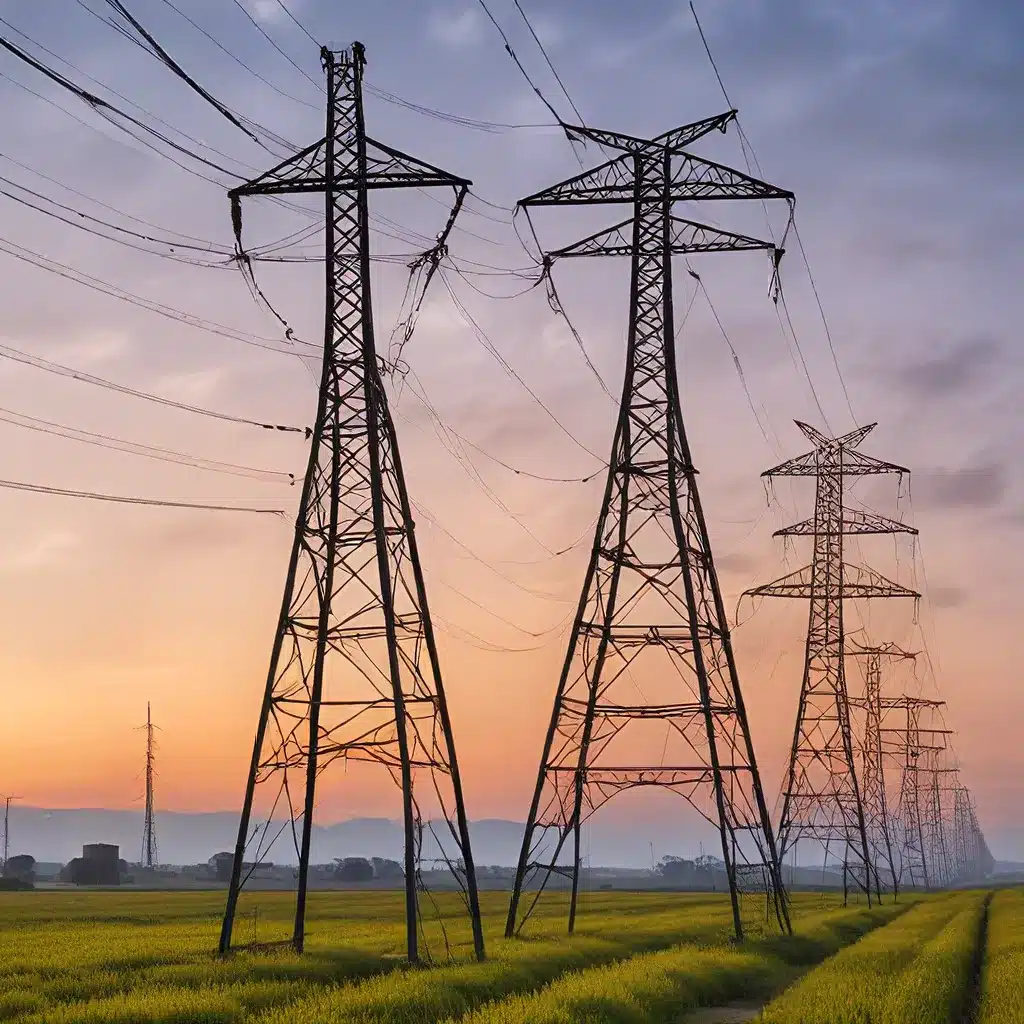
The Transformative Power of Sensor Networks in Energy Management
The energy sector is undergoing a profound transformation, driven by the rapid adoption of sensor networks and Internet of Things (IoT) technologies. These advancements are empowering utilities, grid operators, and energy consumers to optimize grid operations, enhance resilience, and unlock new opportunities for sustainable energy management.
At the heart of this transformation lies the ability to gather and analyze vast amounts of real-time data from a multitude of distributed energy resources (DERs). From solar panels and energy storage systems to smart meters and electric vehicles, these sensors are providing unprecedented visibility into the energy ecosystem, enabling a new era of predictive analytics and intelligent decision-making.
Enhancing Grid Resilience with Sensor-Driven Optimization
One of the most significant applications of sensor networks in the energy sector is the optimization of grid resilience. By leveraging the data collected from these distributed sensors, utilities and grid operators can gain a deeper understanding of the dynamic nature of their power systems, allowing them to anticipate and respond to disruptions more effectively.
The National Renewable Energy Laboratory (NREL) has been at the forefront of this revolution, leading research efforts on distributed energy resource management systems (DERMS). These innovative solutions empower utilities to efficiently manage consumer electricity demand, leveraging the capabilities of flexible, demand-side energy resources.
NREL’s DERMS approach integrates advanced optimization tools, control architectures, and analytics to help utilities, communities, and solution providers optimize the performance of existing and incoming DERs. By enabling the autonomous control of home-based solar panels, battery storage, and appliances, these systems can automatically balance power and voltage constraints within a neighborhood, improving overall grid stability and resilience.
Unlocking the Potential of Distributed Energy Resources
The proliferation of DERs, such as rooftop solar, energy storage, and electric vehicles, is transforming the traditional energy landscape. These distributed resources offer utilities new means of supporting objectives related to distribution grid operations, end-customer value, and market participation.
NREL has pioneered innovative methods to estimate PV hosting capacity more effectively, taking into consideration control options for localized inverter optimization. This approach allows for online DERMS and the expansion of PV hosting capacity, enabling utilities to better leverage the flexibility of these grid-edge resources.
Furthermore, NREL has developed a hierarchical control system that estimates and forecasts DER flexibility in real-time, aggregating DER resources across neighborhoods and issuing operational commands to strengthen both the community and the entire distribution network. This solution creates a grid-support market for DERs, considering homeowner preferences and enhancing the resilience of the power grid.
Harnessing the Power of Sensor-Driven Analytics
The abundance of data generated by sensor networks opens up new avenues for predictive analytics and intelligent grid management. NREL has been at the forefront of this revolution, developing optimization models and a novel framework to integrate the flexibility of behind-the-meter DERs into grid restoration planning and operation.
By leveraging real-time data from grid-edge devices, online forums, and advanced distribution management systems, NREL and its partners are pioneering approaches that enable improved situational awareness and automated restoration. This wide grid visibility and data coordination allow rural cooperatives to implement advanced and affordable reliability and resilience measures.
Securing the Sensor-Driven Grid
As the energy sector becomes increasingly reliant on sensor networks and IoT technologies, the security of these systems has become a paramount concern. Utilities and grid operators must adopt robust cybersecurity measures to protect their critical infrastructure from malicious attacks and ensure the confidentiality, integrity, and availability of the data collected by these sensor networks.
The U.S. Department of Energy and other industry stakeholders have been actively working on developing security frameworks and best practices for the secure deployment of sensor networks in the energy sector. These efforts focus on access control, data encryption, intrusion detection, and incident response, ensuring that the benefits of sensor-driven analytics are not undermined by cybersecurity vulnerabilities.
Towards a Resilient and Sustainable Energy Future
The integration of sensor networks and IoT technologies in the energy sector is transforming the way we manage, optimize, and secure our power systems. Predictive analytics, distributed energy resource management, and enhanced grid resilience are just a few of the key advancements that are revolutionizing the energy landscape.
As the energy sector continues to embrace these innovative technologies, the sensor networks community plays a crucial role in driving further progress and ensuring that the benefits of sensor-driven analytics are realized to their fullest potential. By fostering collaboration, sharing knowledge, and driving technological innovation, we can collectively pave the way for a more resilient, sustainable, and efficient energy future.